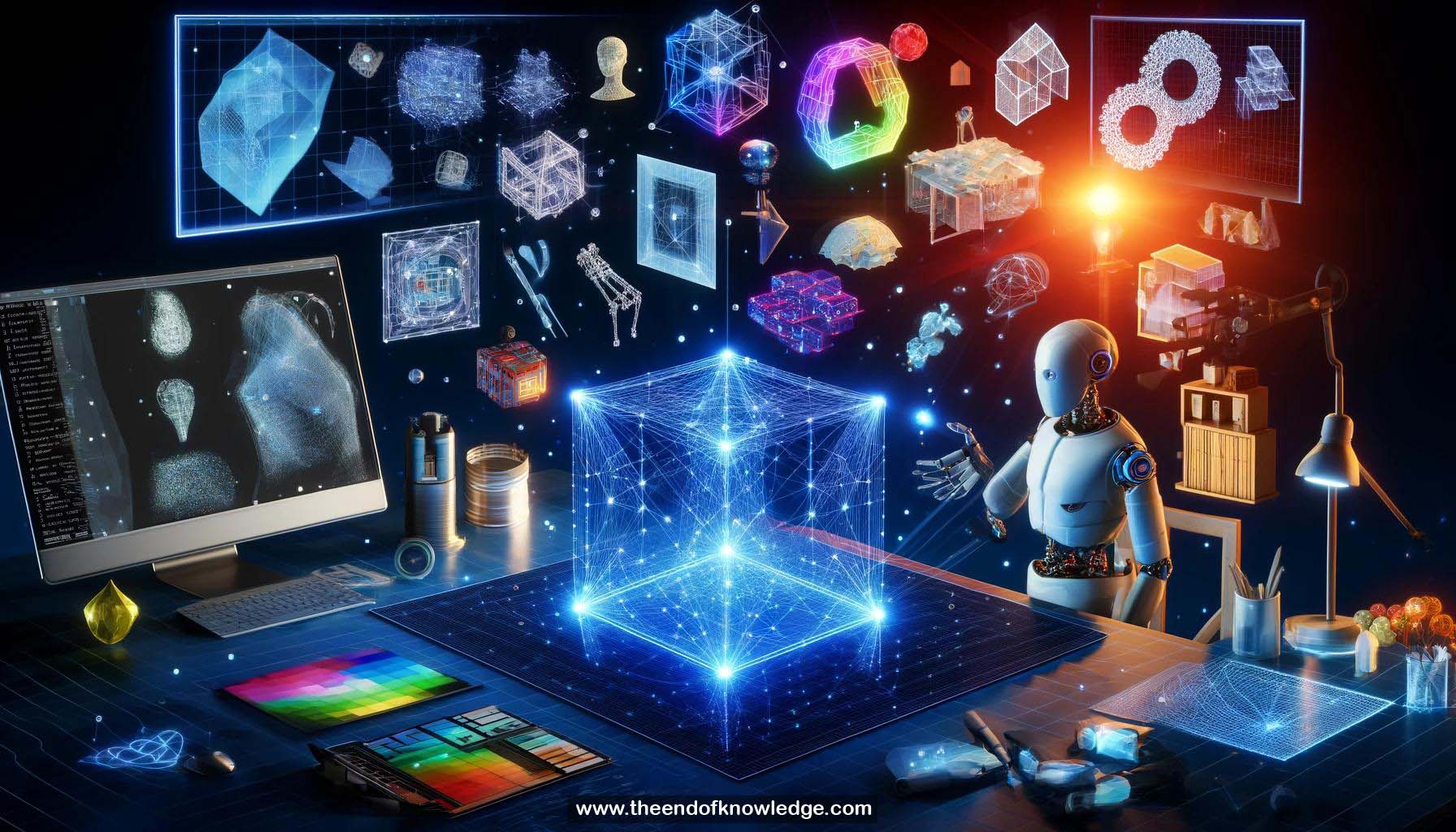 >
>
Concept Graph & Resume using Claude 3 Opus | Chat GPT4o | Llama 3:
Resume:
1.- PointNet: Deep learning architecture for 3D point cloud classification and segmentation.
2.- Point cloud: 3D representation closest to raw sensor data, easily convertible to/from other 3D formats.
3.- Existing point cloud features: Handcrafted for specific tasks. PointNet enables end-to-end learning on point clouds.
4.- Challenges: Designing neural networks for unordered set input, invariant to n! permutations.
5.- Symmetric functions: Function value same for any argument ordering. Can construct symmetric neural networks.
6.- PointNet vanilla: Transform points identically, aggregate by symmetric function, post-transform. Approximates any continuous symmetric function.
7.- Input alignment: Align to canonical space via learned transformation matrix. Similar to spatial transformer networks.
8.- Embedding space alignment: Align intermediate point embeddings using a feature transformer network.
9.- Regularization: Constrain transformation matrix close to orthogonal to avoid bad local minima.
10.- Classification architecture: Input & feature transformers, point embeddings, max pooling, category scores.
11.- Segmentation extension: Concatenate local point embeddings with global feature for point-wise classification.
12.- ModelNet40 results: PointNet achieves better or on par classification vs 3D CNNs.
13.- ShapeNet part segmentation: Surpasses previous state-of-the-art on partial and complete inputs.
14.- Semantic segmentation: Clearly segments 3D scenes into walls, chairs, tables, etc.
15.- Robustness to missing points: Only 2% accuracy drop with 50% points removed. More robust than 3D CNN.
16.- Robustness to outliers and perturbations: PointNet handles corrupted data better than 3D CNN.
17.- Critical point set: Subset of input points that contribute to global feature. Captures object contours/skeletons.
18.- Upper bound shape: Region in space where points yield same global feature. Explains PointNet's corruption robustness.
19.- Feature learning generalization: Critical points capture key structures for unseen object categories.
20.- Unified 3D recognition approach: Same architecture for classification, part & semantic segmentation.
21.- Theoretical and experimental validation: Symmetric function representation, approximation capacity, robustness properties demonstrated.
22.- Beginning of point cloud deep learning: An exciting new direction with released code & data.
23.- 3D data importance: Emerging applications require 3D perception and interaction. Drives need for 3D deep learning.
24.- Converting 3D formats: Point clouds in canonical form, easily convertible to/from meshes, voxels, etc.
25.- Existing deep learning on point clouds: Most methods convert to other formats. PointNet learns directly on points.
26.- Training data size: 1024 points sampled per shape. Handles variable input sizes.
27.- Network details: Multilayer perceptrons, ReLU, batch norm, max pooling. Transformation matrix close to orthogonal.
28.- Joint end-to-end training: Input & feature transformers trained together with rest of network.
29.- Meaningful latent space: Global feature represents critical regions invariant to data corruption.
30.- Performance & efficiency: Simple point-wise operations avoid costly convolutions. Highly effective and robust.
Knowledge Vault built byDavid Vivancos 2024